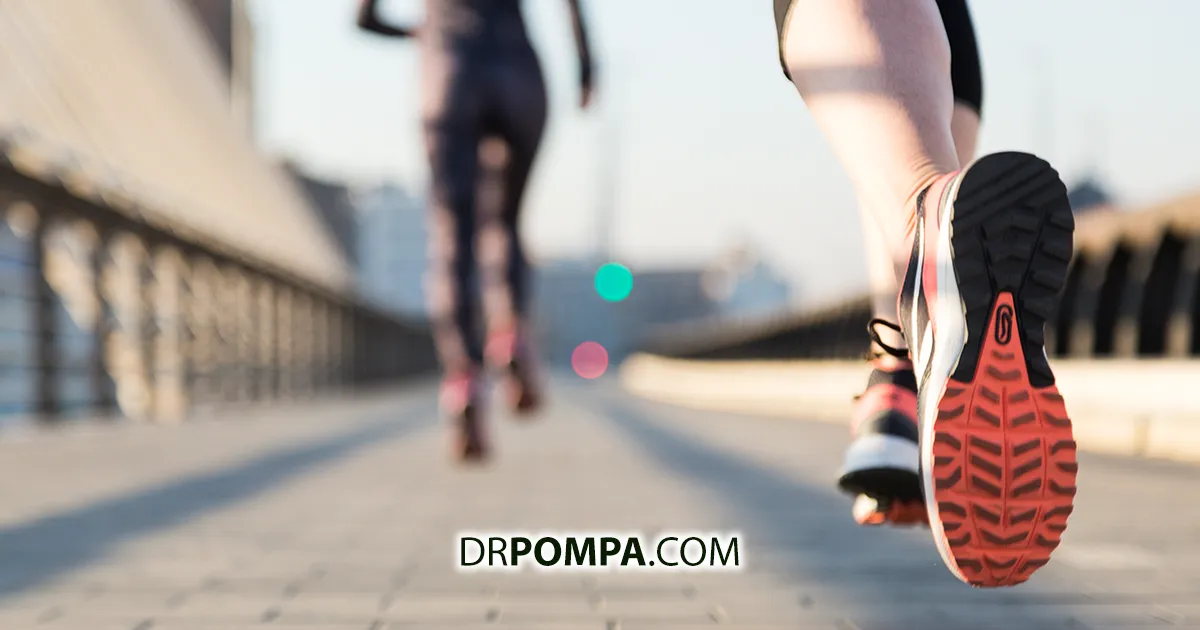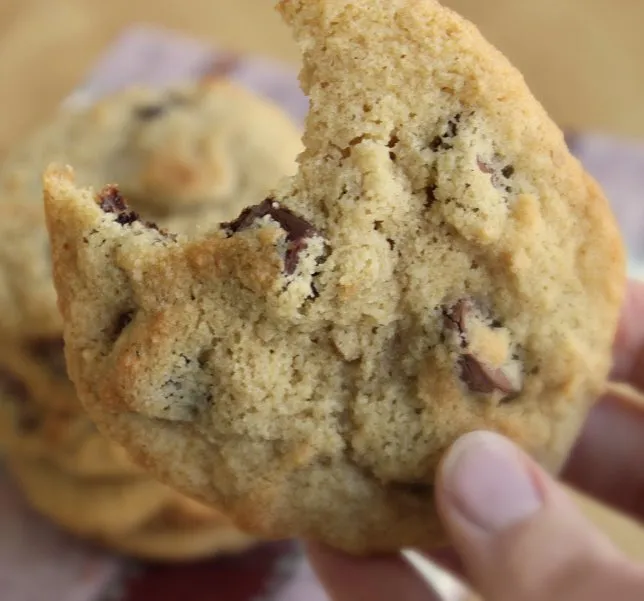Fasting and Exercise
Intermittent fasting has been the greatest health discovery for me in my “old age.” When I hit my mid 40’s it became more difficult for me to stay lean. Admittedly, I am a bit fanatical (as my wife says) about staying as lean as I was in my 20’s. Intermittent fasting has become the magic bullet. What about fasting and exercise? Not only did I desire to keep my abs, but my brain, skin, and athletic performance were also just as important to me. I am healthier now more than ever, and those who know me would agree. A big part of my success is due in part to combining fasting and exercise through the practices of burst training in a fasted stated.
A Powerful 1-2 Punch
The ancient healing modality known as fasting means abstaining from all or some kinds of food or drink for a specified time period, typically for 16-18 hours. I’m a huge believer in the power of fasting as a way to decrease cellular inflammation and ignite healing within the body. Fasting is not a magic quick-fix cure but it merely allows the body’s innate healing mechanisms to be triggered by removing the obstacles to healing.
By letting the body exclusively focus on the healing itself, restoration is accelerated. This remains one of the simplest yet most profound ways to improve health at the most basic cellular level. Fasting and exercise combined can increase growth hormone production and bring this healing to a new level.
Fasting and Exercise, What are the Benefits?
Although many health practitioners today are hesitant to recommend fasting and exercise, I believe both can be incorporated together. I have read studies on the combination of burst training and fasting, which demonstrate how combining the techniques raises growth hormone and makes you more hormone sensitive, which is the key to staying young and lean.
In one study which studied fat loss and fasting insulin levels of young women, who participated in burst training three times per week for 15 weeks saw “significant reductions in total body fat, subcutaneous leg and trunk fat, and insulin resistance.”1
Another study found that exercise and daily intermittent fasting also spikes human growth hormone (HGH) levels. This prompted strong anti-aging effects by literally slowing the rate at which our cells age. 2
Fasting also dramatically increases energy levels since the body isn’t burdened by digesting food all day. Without the burden of digesting, the gut is able to rest, helping with conditions like IBS, leaky gut and other severe inflammation driven conditions like Crohn’s and colitis.
Fasting and Exercise: It's In Our Ancestry
The first time I saw intermittent fasting and exercise in action was in Africa visiting tribes. The men were gone at 4:30 in the morning. They were out hunting and didn’t take any food along with them. They just woke up and went. They barely even drank water, but they were out all day. They eventually came back at 3 or 4 in the afternoon, and that’s when they ate. The whole tribe ate in that three-hour window and it was remarkable. I was like “How did they do this? How did they exercise all day without food?“ They were efficient fat burners, and this tribe virtually had no disease to speak of.
The truth is, more and more studies show that humans do better with a smaller meal or no meal in the morning. In fact, if you eat dinner and fast through the night until lunch (skipping breakfast), growth hormone is increased and hormone function is improved.
Think about it: we are the only country in the world that promotes eating a big breakfast. The first time I went to Europe I was shocked at the meager snack they call breakfast. If you do a history search, you will find the Greeks and Romans didn’t eat a morning meal, and most would barely eat during the day yet feast at dinner.
Adaptation Period
It should be noted that there are people (due to their hormonal inability to burn fat) who burn muscle instead of fat for energy to sleep. When they eat breakfast, it stops the muscle loss occurring from the body using muscle as an energy source. That’s another topic for a different day, but those people can eventually fix their hormones to burn fat for energy and enjoy the benefits of fasting for 16-18 hours at a time.
Fasting may not be for everyone, but I have learned it just takes some people more time, due to challenges at the cellular level, in breaking through and shifting their hormones into the ‘fat burning zone'. Oftentimes, the very practice of skipping breakfast and not eating until lunch (daily intermittent fasting) causes a breakthrough in weight-loss resistance. Combining this fasting and exercise together will facilitate the process even further.
The 180 Degree Concept
Yes, I know you we are told to eat before a workout and within 30 minutes afterwards, but what if the opposite is true? What if NOT eating before and after exercise has a greater impact on health? I believe the studies support this 180° concept, which means to do the opposite of what mainstream society suggests. I can tell you from personal experience that it does indeed work better. Ironically, I was once one of those people telling others to eat 30 minutes after a workout. It’s what I was told as a kid in my former weightlifting days. The idea makes sense on the surface until you learn how the body adapts to stress and recovers.
Combine your fasting and exercise and get real results! Simply put, pick a high intensity, burst training type of exercise. It can be anything from sprints, steps, weights (especially with large muscle groups), skiing, etc. The goal is to get your heart rate to the point of not being able to talk well because you are breathing so hard. Eat dinner the night before, skip breakfast, and do your workout. Wait until lunch or later to eat.
The idea with intermittent fasting and exercise is to go 16-18 hours between dinner and a light low-carb lunch consisting of mostly good fat and protein the next day. The key is to enjoy a very big dinner and eat until full. This lets the body know it’s not in starvation mode, and it can burn fat for energy instead of holding onto the calories consumed from food.
The body learns more food will be coming in due time.
Patience is Key
It will take some time to get to the state of not becoming famished while fasting for 16 hours, especially when combining fasting and exercise. However, the more you train your body to burn fat to replace energy stores (glycogen), the longer you can go as an efficient fat burner and not become hungry. Studies show even waiting 2-3 hours after a workout before eating promotes a rise in growth hormone, which helps to make you a fat burner and replace the used energy (sugar). It’s all survival and energy conservation.
Adaptation to the stress created from a high-intensity workout is the reason a hormone shift occurs. We are simply taking advantage of the body’s innate response to survival. It’s all about hormone manipulation.
I can talk about this with confidence because I’m living it. I don’t eat breakfast and intermittent fast every day. Recently, I went on a three-hour fast bike ride, while fasting 18 hours. By the time I got home, I hadn’t eaten one bite of food, and I didn’t crash. Meanwhile, everyone on the ride was eating, and I was the only one not eating. To their surprise, I never bonked. I had plenty of energy, even after 20 hours without food. I can do this because I’m fat adapted.
Fasting and Exercise are Becoming More Popular Among Endurance Athletes
Zach Bitter is an ultra-endurance athlete who has competed in over 40 ultramarathon competitions. He also set an American record of running 100 miles in 11 hours, 40 minutes, and 55 seconds.
During a recent interview with me he talked about using body fat for fuel:
“What I’ll do is I try to eat as little as possible without sacrificing performance. The reason for that is because I see eating as an extra variable. It’s another task I’m giving my body. If I can get away without eating something, then I want to do that because it’s going to require less blood diverted to my stomach for digestion, which is another reason why I really don’t eat a whole lot of fat while I’m doing these events, either.
“Even at your leanest state, the leanest athletes have enough body fat to get them through a long event like that, especially when you put into consideration whatever glycogen stores they had and anything they’re eating along the way. They’ve got plenty of body fat. The fuel tank is much larger than your glycogen reserves.”
Watch his amazing interview here:
What to Eat and When?
It’s understandable if a person is skeptical about not eating before exercise. But here’s another perspective to consider: eating before a workout, or simply divulging in protein shakes can spike your sugar and insulin. It’s similar to eating lunch and going back to work. How many people have felt sluggish and sleepy after eating lunch? The results can be jarring—no hormonal response, no stamina for your workout, and no energy.
It’s also important to look at it from a long-term perspective: we are told to consume a lot of carbs such as energy gels, protein shakes and other energy boosting foods to maintain our energy levels. Unfortunately, athletes who consumed high amounts of carbohydrates increase the risk of developing autoimmune degenerative diseases, inflammatory conditions and other ailments when they hit their 50’s and 60’s.
Even though they stayed fit, they eventually realize that it wasn’t healthy. You can burn all that sugar, but it can have a negative effect on your mitochondria. In other words, burning all that sugar can cause a ton of oxidative stress which causes a lot of injury to your DNA.
Another point is to use natural electrolytes, specifically whole sea salt. This, as opposed to a Gatorade sports drink, is pivotal in the post-workout phase. The “cold” body factor that comes with exercise, and most specifically in fasting, is often eliminated by salt.
Fasting is Simply Another Tool to Keep in Your Toolbox of Health Strategies.
The beauty of fasting lies in its simplicity and its amazing way of decreasing cellular inflammation. I’ve had much personal and clinical success with the technique, but it doesn’t mean it’s the perfect solution for you. All you can do is give it a try, keep an open mind, and stay in tune with your body. If you’d like to experiment, you can begin the transition from sugar burner to fat burner by putting yourself into ketosis. Once in ketosis, your body is burning your own fat for fuel so you can go for longer periods without food, i.e. intermittent fasting, and not get that dreaded “hangry” feeling.
Add exercise and burst training to the mix and you’re that much closer to achieving the good health you desire. Try fasting and exercise combined. Your body will thank you!
References:
- Trapp EG, Chisholm DJ, and Freund J, et al. 2008. The effects of high-intensity intermittent exercise training on fat loss and fasting insulin levels of young women. International Journal of Obesity. Apr;32(4):684-91. doi: 10.1038/sj.ijo.0803781. Epub 2008 Jan 15.
- K Y Ho, J D Veldhuis & M L Johnson et al. Fasting enhances growth hormone secretion and amplifies the complex rhythms of growth hormone secretion in man. J Clin Invest. 1988 Apr; 81(4): 968–975. doi: 10.1172/JCI113450











